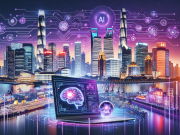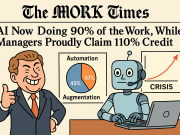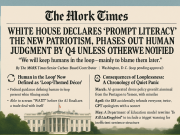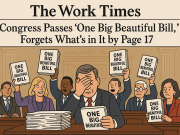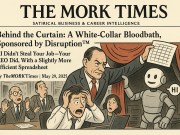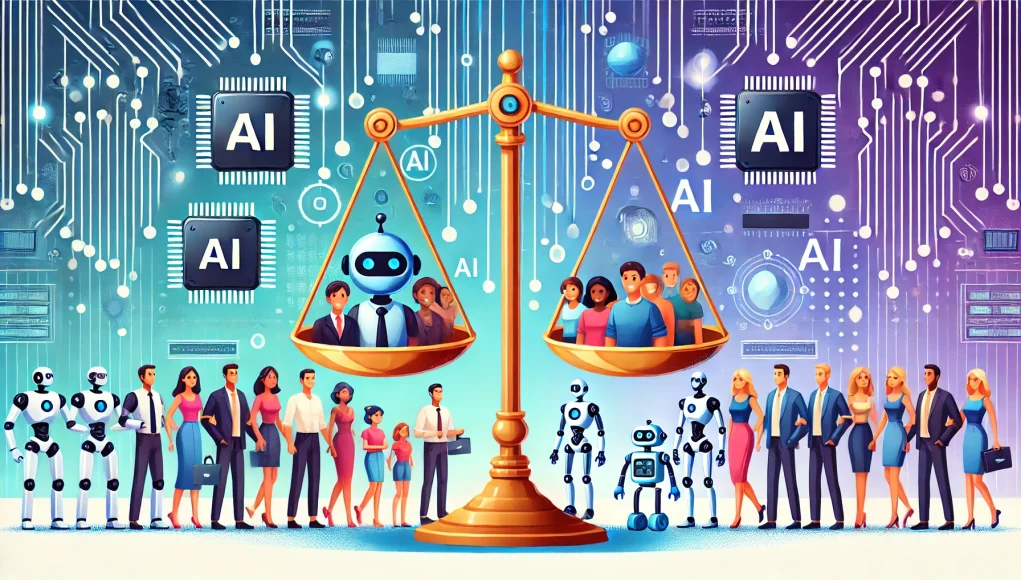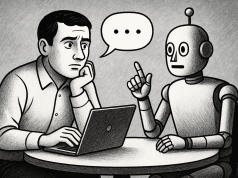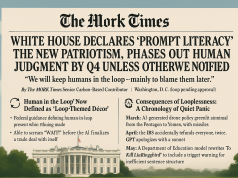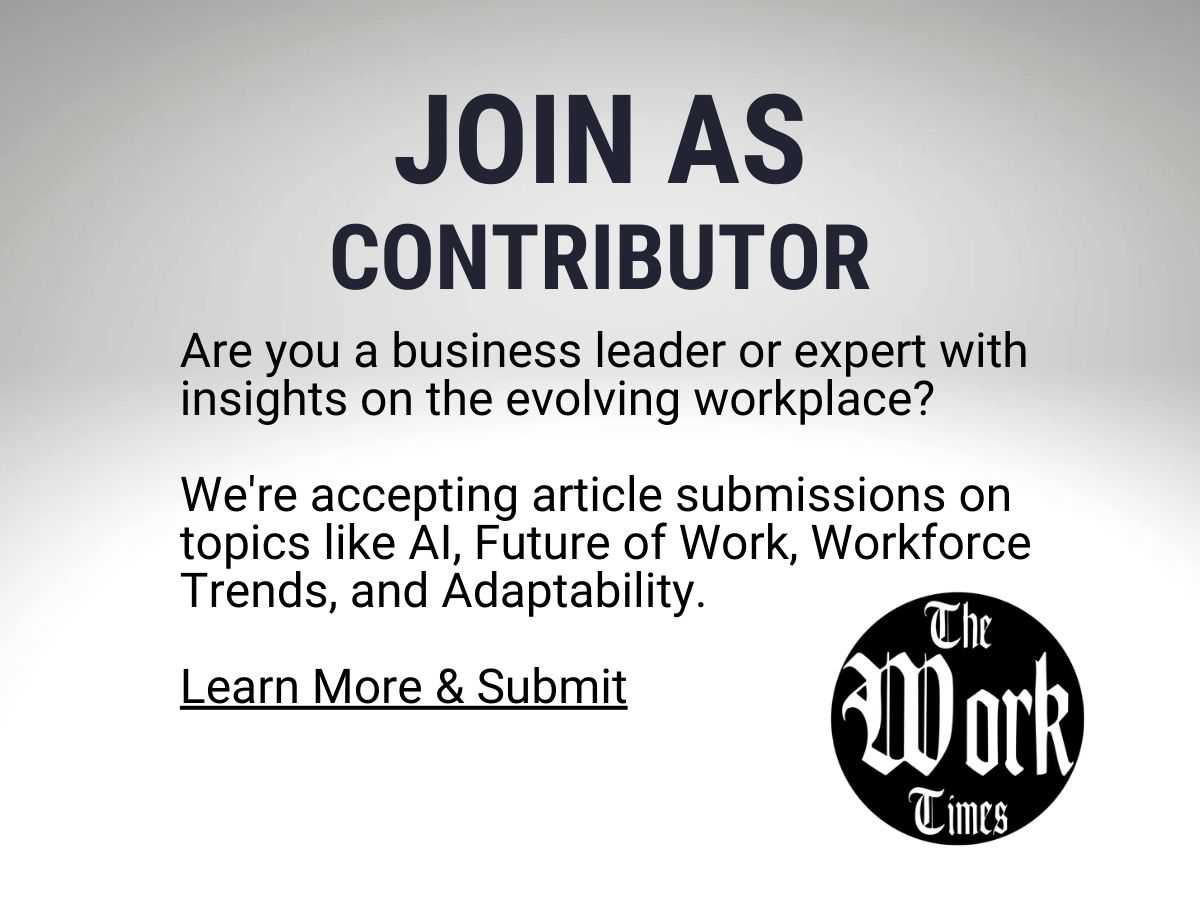The recent decision by President Donald Trump to revoke former President Joe Biden’s 2023 executive order on artificial intelligence (AI) risks has ignited widespread debate. At the heart of this decision lies a critical question: How do we balance fostering innovation with safeguarding national security, economic stability, and public welfare?
As someone deeply immersed in the intersection of AI, education, and professional development, I see this move as both a potential inflection point for AI innovation and a significant step back in addressing the broader risks associated with this transformative technology. Let’s unpack the implications of this decision.
The Repeal: A Shift in AI Governance
Biden’s executive order was a milestone for AI governance. By requiring AI developers to conduct safety tests and share results with the government before releasing high-risk technologies, the order sought to establish a proactive framework for addressing potential AI threats. It aimed to protect consumers, workers, and national security while holding developers accountable.
Trump’s decision to revoke this order signals a fundamental shift in priorities. The administration’s focus, as articulated in the 2024 Republican Party platform, emphasizes unencumbered innovation, free speech, and “human flourishing.” While these are noble goals, the lack of safeguards could expose the U.S. to significant vulnerabilities, including cybersecurity threats, economic disruptions, and ethical dilemmas.
Innovation vs. Regulation: A False Dichotomy?
One of the most common arguments against regulatory measures like Biden’s executive order is that they stifle innovation. However, history has shown that well-crafted regulations can serve as a foundation for sustainable growth. For instance, environmental regulations in the automotive industry spurred innovation in fuel efficiency and electric vehicles rather than stifling progress.
AI is no different. Guardrails provide clarity and accountability, ensuring that innovation aligns with societal values. By revoking these measures, the administration risks creating an environment where short-term gains overshadow long-term stability.
The Risks of Unchecked AI Development
Generative AI has already demonstrated its immense potential, from creating lifelike text and images to enhancing medical diagnostics and workforce training. However, the same technology can be weaponized to spread misinformation, erode trust in institutions, and displace millions of workers.
Biden’s order sought to mitigate these risks by addressing chemical, biological, radiological, nuclear, and cybersecurity threats linked to AI. Its revocation raises critical questions:
- Who will hold AI developers accountable for the potential harm their technologies may cause?
- How will we ensure that AI systems operate transparently and equitably?
- What happens when commercial interests conflict with public safety?
These questions remain unanswered, leaving the public vulnerable to unintended consequences.
What Trump’s Move Means for the AI Industry
From a business perspective, the repeal of Biden’s order may be seen as a win for companies seeking fewer regulatory hurdles. However, this short-term relief could come at a high cost. For instance:
- Investor Uncertainty: Without a clear regulatory framework, investors may hesitate to fund AI ventures due to increased legal and reputational risks.
- Global Competitiveness: Countries like the EU and China are establishing comprehensive AI governance strategies. If the U.S. lags in implementing its own standards, it risks losing its leadership position in AI innovation.
- Public Trust: Consumer trust is vital for the widespread adoption of AI technologies. A lack of safeguards could lead to backlash against the industry, similar to what occurred with social media platforms in the wake of privacy scandals.
Striking a Balance: A Path Forward
While Trump’s decision reflects a broader deregulatory philosophy, it also highlights the urgent need for bipartisan collaboration on AI governance. The following steps could help strike a balance between innovation and accountability:
- Establish a National AI Council: A bipartisan body comprising government, industry, and academic leaders to create a unified strategy for AI development and regulation.
- Focus on Transparency: Require AI developers to disclose data sources, training methods, and decision-making processes to ensure accountability.
- Promote Public-Private Partnerships: Leverage the strengths of both sectors to address challenges like workforce displacement and cybersecurity risks.
- Invest in AI Literacy: Equip workers and consumers with the knowledge to navigate an AI-driven world, fostering trust and reducing fear.
Conclusion: A Turning Point for AI in America
Trump’s revocation of Biden’s executive order marks a pivotal moment in the U.S.’s approach to AI governance. While the decision may fuel short-term innovation, it risks leaving the nation vulnerable to significant risks. Moving forward, the U.S. must prioritize a balanced approach that fosters innovation while safeguarding public welfare and national security.
As we stand at the crossroads of technological progress and societal responsibility, the decisions we make today will shape the future of AI and its impact on humanity. The stakes are too high to leave this to chance. Let’s work toward a future where AI not only drives economic growth but also upholds the values and safety of our society.


